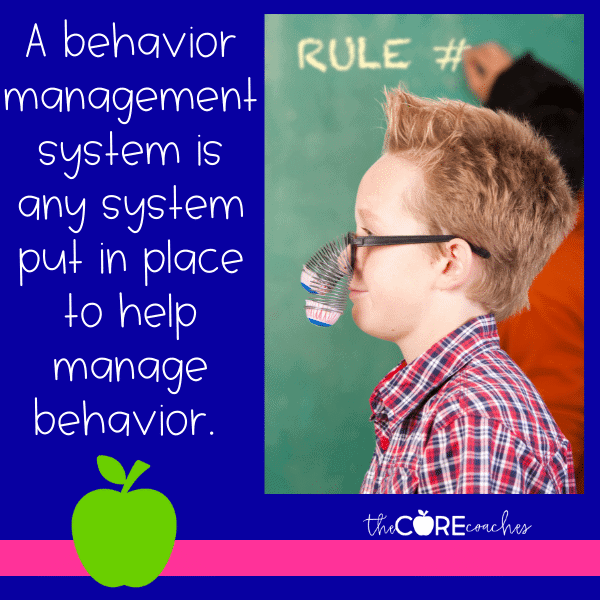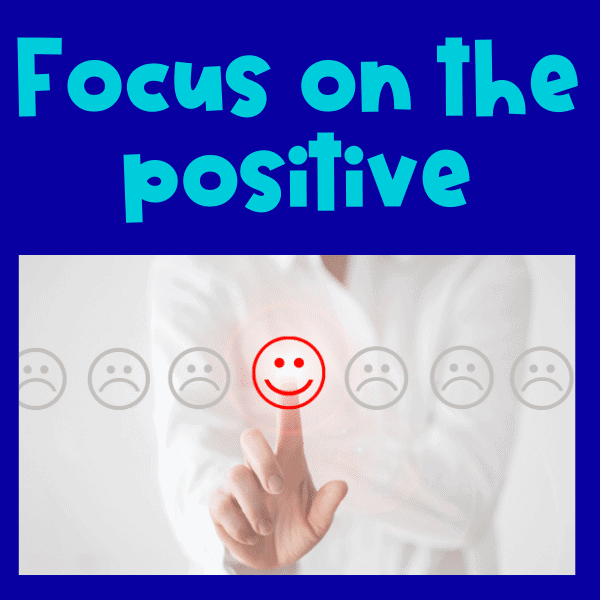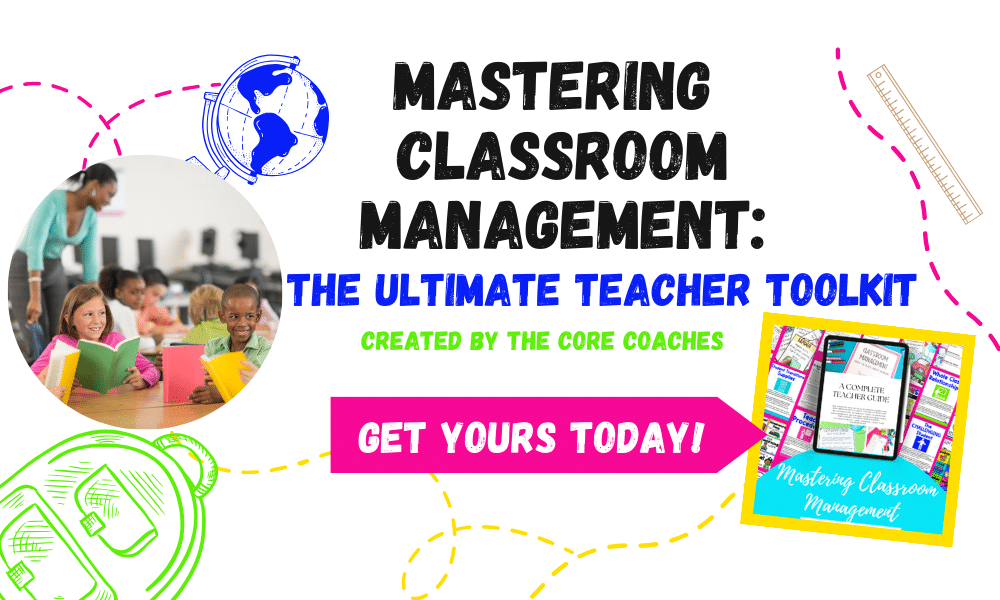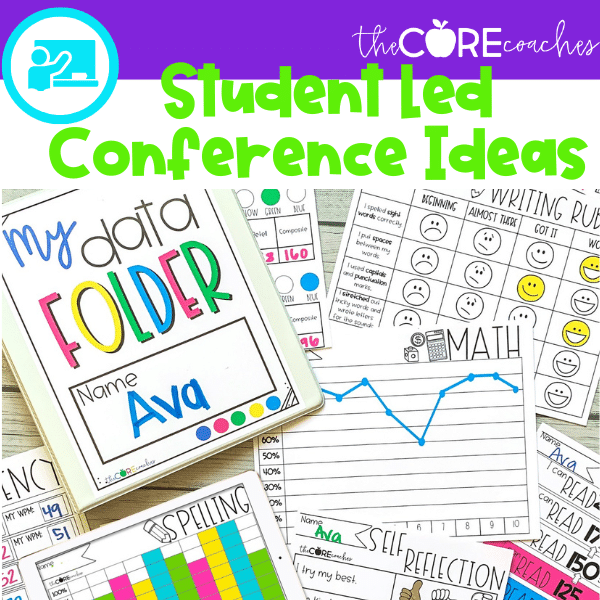Navigating the dynamic landscape of elementary education requires a delicate balance of nurturing young minds and establishing a structured environment for learning. That’s why having an effective behavior management system in place is essential for effective teaching and learning.
What is a behavior management system though? Moreover, how does a teacher effectively implement one in the elementary classroom? These are important questions for any teacher to ask, and we are here to help answer them!

What is a behavior management system?
A behavior management system is exactly what it sounds like – a system to help manage behavior. Since behavior – both positive and negative – is at the root of classroom management, a behavior management system often coincides with classroom management strategies.
So, as we discuss behavior management systems throughout this post we will also discuss classroom management strategies, sometimes interchangeably. Let’s take a look at the basics of a traditional behavior management system first though.
Traditionally, there are three parts included in a behavior management system: rules, incentives, and consequences. This is why when you begin your career as a teacher you are often asked to create a list of rules for your classroom. Typically, this practice includes assigning both a consequence and incentive to each rule.
Here is an example of what this may look like in a classroom. If the class rule is “no talking while the teacher is talking” then the incentive to follow this rule may be a whole class reward where the teacher assigns a point when the class is listening. However, if the class is being disruptive and not listening to the lesson then the consequence that follows would be the teacher deducting points. The larger incentive would be that when the class earns a certain number of points they would get some type of reward (extra free time, longer recess, candy, etc).
While this is a generalized example, it probably makes you think of a similar rule, incentive, consequence combo you have seen in a classroom. It may even remind you of something you have used in your own classroom.
Now, there is nothing wrong with using this type of behavior system. It can work, sometimes. However, what about when it doesn’t work? What about when the rules don’t work?
If you are like us then you know – sometimes, the rules just don’t work!
The problem with rules is that for them to be effective, students need to know, trust, and respect where the rules are coming from. They need to know, trust, and respect YOU as the teacher. Otherwise, they probably just don’t care about the rules – no matter how exciting the incentive may be.
In addition to knowing, trusting, and respecting the teacher – students also need to know, trust, and respect their peers AND the classroom! Therefore, rather than putting the rules at the forefront of a behavior management system we want to invite you to first think about the relationships!

How do you Create a Behavior Management System?
So, what do we mean by “focus on the relationships first?”
We mean that rather than taking a ton of time to explain rules to students during back to school, focus time on building positive relationships. This includes building relationships between yourself and the students and between the students themselves.
Now, we know that as a teacher you are already doing this! One of the key things all teachers do during that first week of back to school is include a getting to know lesson. What if you carried that idea of getting to know one another throughout the whole year though?!
Rather than just using getting to know you lessons during back to school week, how can you include those types of lessons on a regular basis?
When thinking about building a behavior management system, this is where we suggest beginning. Thinking about how you can build positive relationships in your classroom all year long.
How to start a management system
One of our favorite ways to build positive relationships on a regular basis is by implementing a Morning Meeting practice in the classroom. Morning meetings are a great way to start every day as a whole class, checking in and sharing with one another.
In addition, adding in a Morning Greeting is another great way to build positive relationships in your classroom. Especially when you have students be the greeters!
Using a Morning Meeting and Morning Greeting every day is an easy way to build relationships all year long, both between yourself and your student and between students. By building these relationships you are inadvertently also building a positive classroom environment, which is the second thing to focus on when creating a behavior management system.
6 Elements of a Behavior Management System
As an educator, you already know that things are constantly changing. There is always a new theory or way of teaching that’s being promoted. In addition, society is changing. Whether you have been a teacher for 20 years, or are brand new, you have seen changes in society that impact education.
Think about something as simple as technology and how it has changed education. From computers to cell-phones, technology has changed the way we teach. It has also changed the way we manage our classrooms. In addition, the amount of stress and anxiety we now see in students has also changed the way we teach and manage our classrooms.
Change will always be a part of education. However, there are some traditions that will also always be a part of education. Our job as educators is to determine which traditional ways of teaching are still effective and which new practices may be more effective.
As you have already seen, behavior management is one of those areas where the conversations between what has traditionally been done and what may be more effective is taking place.
As we mentioned earlier – traditionally, a behavior management system includes three components: rules, incentives, and consequences. However, we explained that putting the rules front and center is not always the most effective approach.
In contrast, we showed you how focusing on establishing positive relationships and a positive classroom environment may be more effective. These two areas of focus create a situation where students have a personal connection, trust, and respect for each other, their teacher, and their classroom. Therefore ,they are less likely to demonstrate negative behaviors that need managing. However, if there are those moments where behavior needs to be corrected they are more likely to adhere to the rule when reminded because they value the environment.
Beyond relationships, there are additional areas of focus that have been proven to manage behaviors in a positive way. These include the use of routines and procedures, focusing on student engagement and accountability, and effective time management.
These areas focus on setting expectations for students to follow. Expectations are more effective than rules because they involve students in what they should be doing (not what they should not be doing).
For example, providing a routine or procedure for how to line up for lunch sets a clear expectation for students to follow. They know exactly what they need to do and why! Don’t forget, the why is essential for students to understand expectations.
Does this mean that every student, every single day, will line up exactly as expected? Probably not. There will always be a student or two who may get distracted. However, with a clearly established routine it is easier to get those students focused and engaged. This makes it easier to correct the negative behavior without needing to employ a negative consequence.

Effective Classroom Management Tools
While this new approach to a behavior management system entails six focus areas, in contrast to the three traditional areas of focus, it is worth taking the time to address these six areas. By taking time to address these six areas in your teaching, you will establish a more effective classroom system from the beginning. Therefore, you won’t need to take time out of teaching to implement rules, incentives or consequences.
If you want additional help in establishing these six focus areas in your classroom, we have created dozens of ready to use resources that you can find in our Mastering Classroom Management Tool Kit. In addition, you will find detailed instructions on how to use these resources and WHY they are effective.
Everything included in the toolkit has been created based on our expertise and experiences in the classroom. These are the strategies and tools we have seen work!
Develop A Behavior Management Plan
So, our next questions to ask you are, what routines and procedures do you use in your classroom? How are they working? Do the students need to be reminded of these procedures and practice them again? What parts of the day could you add a routine or procedure to establish clearer expectations?
Reflecting on these questions will help you take the next step in developing an effective behavior management plan. Why? Because they will help you anticipate the unwanted behavior first and correct it before it happens by establishing a clear expectation for students to follow.
In addition to reflecting on the routines and procedures you use in your classroom, take time to reflect on what types of strategies you are currently using for student engagement. Moreover, what lessons do students need MORE engagement? How can you create more engagement during these times of day and types of lessons?
Above, we mentioned that time management is another area to focus on. This goes hand in hand with student engagement. Sometimes, we are spending too much time on one area and losing the students’ attention. When we lose the students’ attention – we often will see those disruptive behaviors. So once again, focusing first on HOW to engage students will often negate the need for behavior correction.
Last, but certainly not least is student accountability. When we think of the traditional practice of implementing rules, we innately are hoping students are going to be accountable. But, as we have said before – the rules don’t always work.
We have shared some reasons as to why the rules don’t work and here is another. Students often do not understand the WHY behind each rule. Therefore, they may not see the value of following it or how not following it will impact them. This is why it is essential to find a way to get students invested in their learning. The more invested students are in their learning, the more likely they are to stay engaged in the classroom, and the less likely they are to be disruptive.







